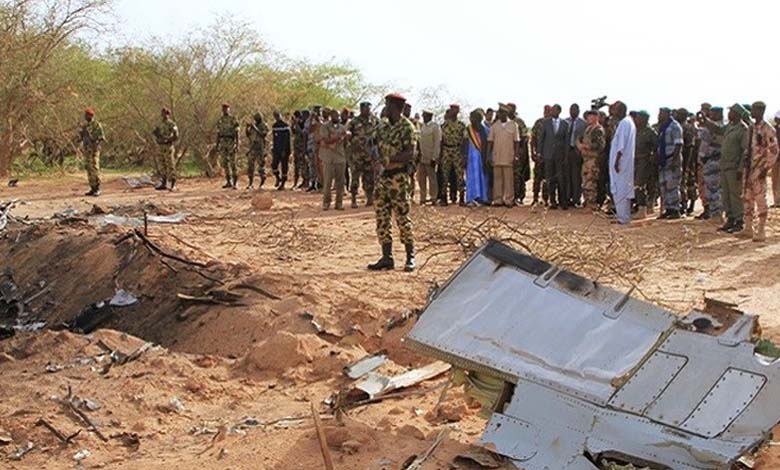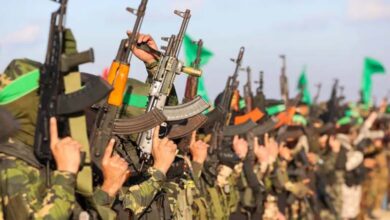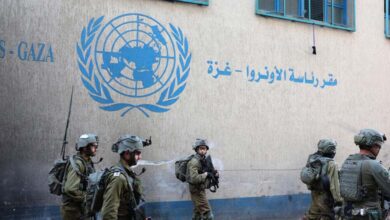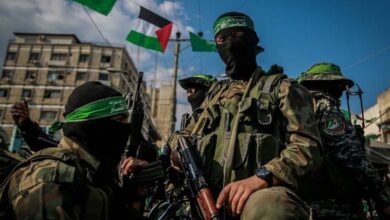Crash of Africa Corps Jet Sparks Tensions in Northern Mali: Is War on the Horizon?

The crash of a fighter jet operated by the joint military alliance between the Malian army and the Africa Corps (formerly the Russian Wagner Group) has raised concerns about the possible return of open conflict in Mali.
-
Clashes in Northern Mali Between Tuareg Separatists and Russian-Backed Government Forces
-
Somalia Calls for End to International Support Mechanism Despite Fragile Situation
According to experts, this incident could signal the start of a dangerous shift in the ongoing conflict in northern Mali, possibly triggering wider clashes beyond the Azawad region.
Amid an unstable security vacuum and uncertain international rivalries, the crash may carry implications that extend beyond military concerns, touching on the legitimacy of security partnerships and the internal morale of the Malian regime.
Despite the fragile calm across northern Mali, tensions surged after the Azawad Liberation Front (FLA) claimed responsibility for shooting down the aircraft. The authorities in Bamako were quick to downplay the event, attributing the crash to bad weather conditions.
-
The June 5 Coalition in Mali… A Broken Dream
-
Crisis between Mali and Algeria casts a shadow over regional security
However, Mohamed El-Mouloud Ramadan, FLA spokesperson, firmly stated: “We confirm that the aircraft was downed by our fighters. It was deliberately targeted, leading to its crash near Gao airport.”
Dr. Adama Kanté, director of the Center for Strategic and Security Studies at the University of Ségou, said: “The Malian military council understands that any damage to its air power or deterrence image could be exploited by regional or international rivals.”
He continued: “Blaming weather conditions is a smart move to contain the situation and protect the military rebuilding process.”
-
Puntland’s Darawish Forces Eliminate ISIS’s Last Stronghold in Somalia – Details
-
Party Life in Mali… Course Correction or End of an Era?
Kanté emphasized that proving who downed the aircraft is not the priority, but rather preserving national unity. Rebel groups may try to win the narrative, he said, but the key issue is whether the central authority can maintain stability — something that is, according to him, already evident in multiple regions.
Symbolic Escalation or Start of Open Warfare?
Rémy Laborde, a professor of international relations at Sciences Po in Paris, stated: “Even if the aircraft was truly shot down, this should not be seen as a strategic military turning point, but rather as a symbolic message — the rebellion is still alive.”
-
“ISIS – Somalia”: How did it become an advanced fighting force with global funding and an increasing threat?
-
Will Somali authorities succeed in drying up Al-Shabaab’s sources of funding?
He noted that Malian authorities are being cautious not to trigger public demoralization, especially as the Africa Corps is currently a cornerstone of Mali’s security strategy.
Concerns Over Wider Conflict
Observers warn that if the shoot-down is confirmed, it may escalate the conflict beyond Azawad, especially amid the withdrawal of UN forces and weak regional coordination, notably with Niger and Burkina Faso.
-
Algerian Interest in News of Mali’s Tuaregs Reflects Bias toward Separatists
-
Why is the Somali group “Al-Shabaab” one of the most important arms of transnational terrorist networks?
Others fear that Mali’s opponents may exploit the incident to undermine the alliance with the Africa Corps, prompting the government to engage in media control efforts to soften the psychological impact.
Whether caused by technical failure or hostile fire, the incident signals a dangerous escalation in northern Mali, raising renewed questions about the future of peace and security in this volatile region. While the government maintains it is fully in control, all sides appear to be preparing for a new phase of confrontation, potentially extending beyond Azawad.
-
Wagner forces involved in Mali battles were stationed in Libya
-
Somalia increases pressure on Ethiopia over sovereignty dispute
The aircraft, a Russian-made Sukhoi jet, crashed near Gao airport and burst into flames on impact. Both Russian pilots survived.
Local civilians helped retrieve the wreckage, and documented footage showed armed Africa Corps fighters securing the crash site.
While the Malian Armed Forces continue to assert full control over national territory, the FLA released a statement announcing a major northern offensive and the beginning of a new military campaign.












